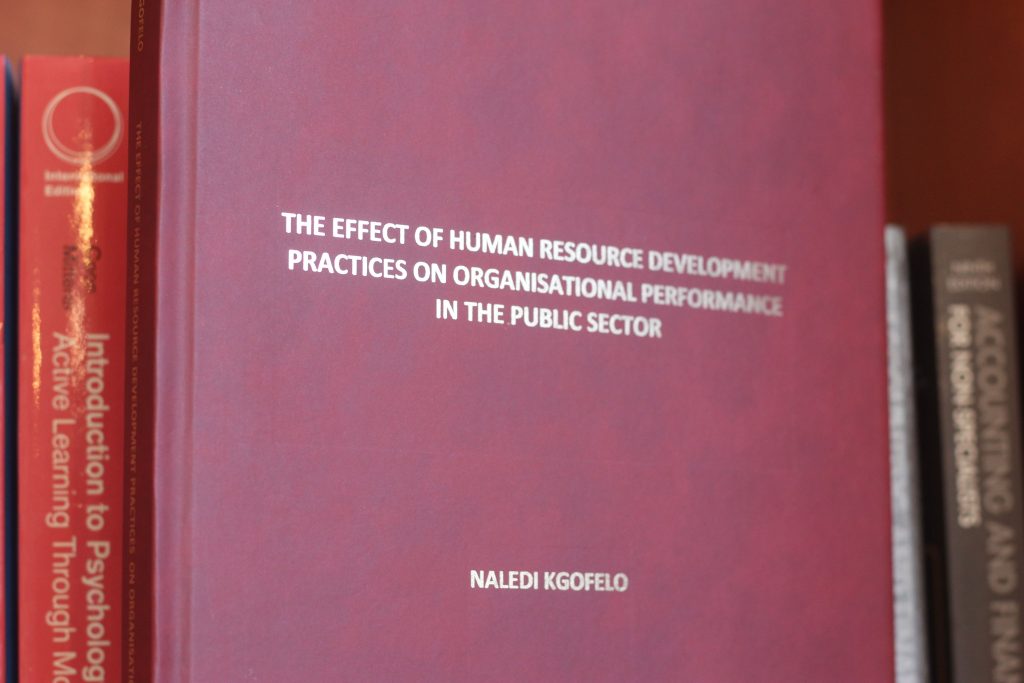The DaVinci Institute master’s alumnus Naledi Kgofelo embarked on a study to explore how Human Resource Development (HRD) practices influence the performance of public sector organisations. The study focused specifically on the Media, Information and Communications Technology Sector Education and Training Authority (MICT SETA), a South African public institution mandated to promote skills development within the media and ICT sector.
The Study Objectives

The primary aim of the research was to assess the extent to which HRD practices contribute to employee and organisational performance. It sought to determine the relationship between these practices and employee output, examine how aware employees were of HRD efforts within their organisation, and evaluate the implementation and effectiveness of existing HRD strategies.
Research Approach
Quantitative research design was employed, supported by some qualitative elements to provide additional context. Data collection was conducted through questionnaires and focus group discussions involving 86 employees out of the 96 staff members at MICT SETA.
Statistical analysis tools such as SPSS and STATA were used to ensure the reliability of the findings, with Cronbach’s Alpha employed to measure internal consistency.
The Key Findings
The study found that although performance appraisal mechanisms were in place, they were not always perceived as fair or effective by employees. While the organisation had made some effort to recognise and reward high performance, issues such as limited transparency, lack of follow-up, and inadequate alignment between appraisal results and rewards were noted.
Training and development were acknowledged as essential but were hindered by insufficient structuring and underfunding. Furthermore, career and organisational development strategies were either weak or not clearly communicated, leading to a sense of disconnection and low motivation among staff.
Another critical finding was that employees’ understanding of HRD practices varied significantly, indicating a gap in communication or training around the importance and role of HRD. Additionally, there appeared to be a lack of commitment from management in ensuring that performance management systems were applied consistently and meaningfully. Overall, the HRD practices at MICT SETA were found to have potential but were not optimally executed.
From a theoretical perspective, the findings reinforce the importance of HRD as a strategic function within organisations. The study suggested that HRD can drive performance and service delivery when aligned with broader organisational objectives. Practically, the research highlighted the need for public institutions to adopt inclusive and transparent HRD strategies that empower employees through training, career progression, and fair performance assessments.
Recommendations
To address the identified challenges, the study recommended that MICT SETA strengthen its HRD systems by recruiting capable human resources personnel, conducting regular skills audits, improving systems for training and compliance, and ensuring proper linkages between performance and reward.
These efforts should be part of a long-term strategic plan that treats HRD not as an administrative function but as a critical driver of organisational excellence.
In conclusion, the study provided valuable insights into how HRD practices affect performance in the public sector. It called for a more structured, well-resourced, and employee-centred approach to human resource development, one that can contribute to better service delivery, improved staff morale, and stronger organisational outcomes in public institutions like MICT SETA.




Leave a Reply